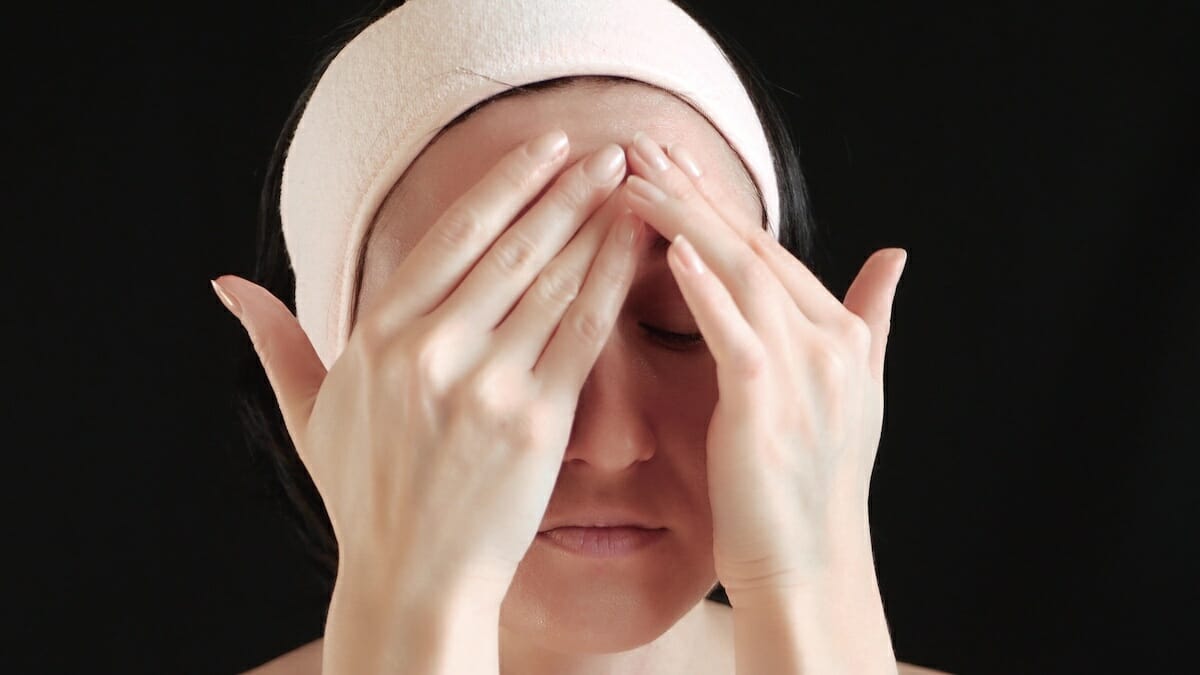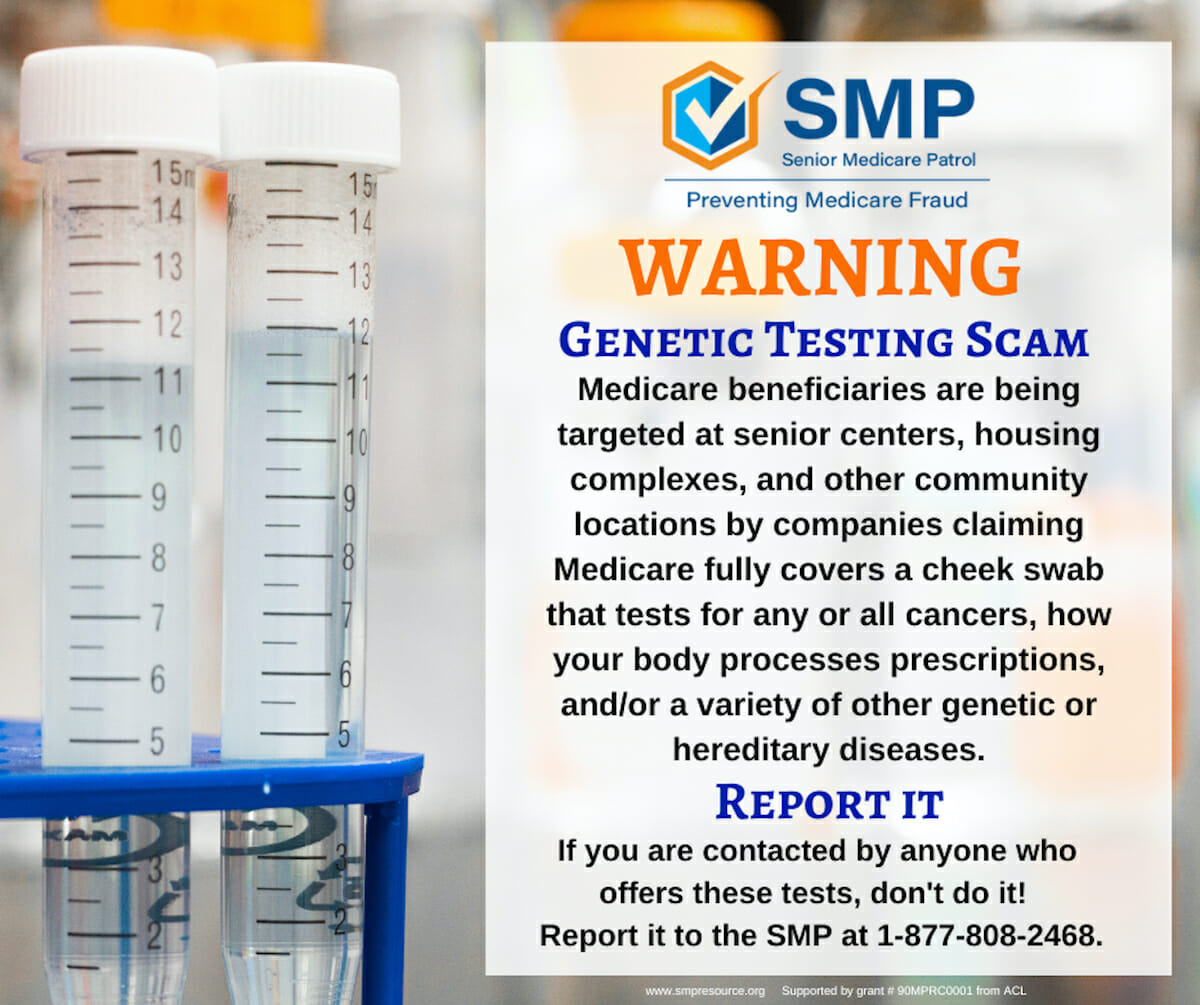There are many reasons why skin can become oily, from genetics to hormones and diet. Any or all of these factors can cause the sebaceous glands in the skin to produce excess sebum, or skin oil. Too much oil can leave skin feeling greasy or looking shiny. Dermatologist Dr. Loretta Pratt has some suggestions for how to keep oily skin under control.
Seven Simple Tips for Treating Oily Skin
- Go hands-free: The skin on the face is often one of the areas that people find to be too oily. It’s also one of the areas that’s hardest to cover up in social situations, making it a primary area of concern for many patients.
“On average, people touch their face between one and two dozen times every hour. Each time there’s a chance to transfer dirt, bacteria, and more oil onto the face. Face touching is usually done unconsciously, so being aware of it can help prevent further irritation,” says Dr. Pratt.
- Use blotting papers: Over-the-counter blotting papers can be used throughout the day as needed to absorb excess oil buildup on the skin.
Blotting papers don’t prevent or slow oil production, but they’re a quick and discreet way to manage symptoms while going about your day. “Just be sure to follow the directions on the package,” advises Dr. Pratt.
- Remove makeup before bed: For people who wear makeup, it’s important to remove it when it’s no longer needed or desired.
“As far as your skin is concerned, makeup is debris. Leaving it on overnight allows it to mix with sebum, bacteria, dirt, and dead skin cells, which can then clog pores and lead to further irritations like acne,” explains Dr. Pratt.
- Wash regularly: It’s a fairly safe assumption for people of all skin types and ages that washing your skin—primarily your face—twice a day is a good routine.
It’s also a good idea to wash up after sweating, like after exercising. But don’t overdo it; cleaning your skin too frequently can aggravate it. Pay attention to how your skin reacts to your cleaning regimen.
For oily skin, lightweight foaming products are usually a better fit than heavy, creamy products.
- Try using astringents: After the skin is washed and clean, follow up with an astringent. These products help to unclog pores and remove oil.
Check the ingredients before you purchase an astringent. Salicylic acid, witch hazel, and citric acid can all provide benefits for oily skin. But try to avoid alcohol-based astringents, which some people find irritates their skin.
- Exfoliate with care: Exfoliating helps to remove debris that might be left behind by regular cleaning. For oily skin, it is appropriate to exfoliate only once per week.
“Exfoliating too often can irritate the skin. Watch for signs of over-exfoliating such as redness or flaking. Too much can actually cause your body to produce even more oil in response, so it’s a fine balance. Also, limit the use of facial brushes and scrubs with beads or rough coarse particles,” says Dr. Pratt.
- Always finish with moisturizer: Washing, exfoliating, and using astringents all remove oil, which is the goal with oily skin. But removing oil also dehydrates the skin, which can be an issue.
Skin is made up of many layers. Sometimes the deeper layers dry out and can’t absorb more water while the surface layers have excess oil, so it’s actually possible to have skin that’s both dry and oily at the same time.
To avoid this, a lightweight moisturizer should be applied at the end of the skincare routine. If moisturizer is put on without cleaning first, bacteria and oils can get trapped against the skin, leading to clogged pores and further issues.
“Everyone’s skin is different, and it’s important to know your own skin, and what works and what doesn’t,” says Dr. Pratt. “When choosing skincare products, don’t worry about the brand name or the celebrity endorsements. Focus on the ingredients.”
For people with oily skin, there are some ingredients that are probably best avoided. These include cocoa butter, coconut oil, petroleum jelly, silicone, alcohol, products that are oil-based, mineral oil, shea butter, vitamin E.These are all likely to clog pores or cause irritation for people with oily skin types.
Instead, try using products that include: green tea, niacinamide, L-carnitine, licochalcone A, cosmetic clays (such as green clay), aloe vera, honey, oatmeal, products that are water-based.
Many times, packaging will be labeled with the word “noncomedogenic,” which just means that it won’t clog pores.
“Your skin isn’t shy. It will tell you what works or doesn’t work. And for anyone having a hard time, visiting a dermatologist is always a great option,” says Dr. Pratt.
Bio: Loretta Pratt, MD, is board-certified in internal medicine and dermatology in practice with Advanced Dermatology P.C.












